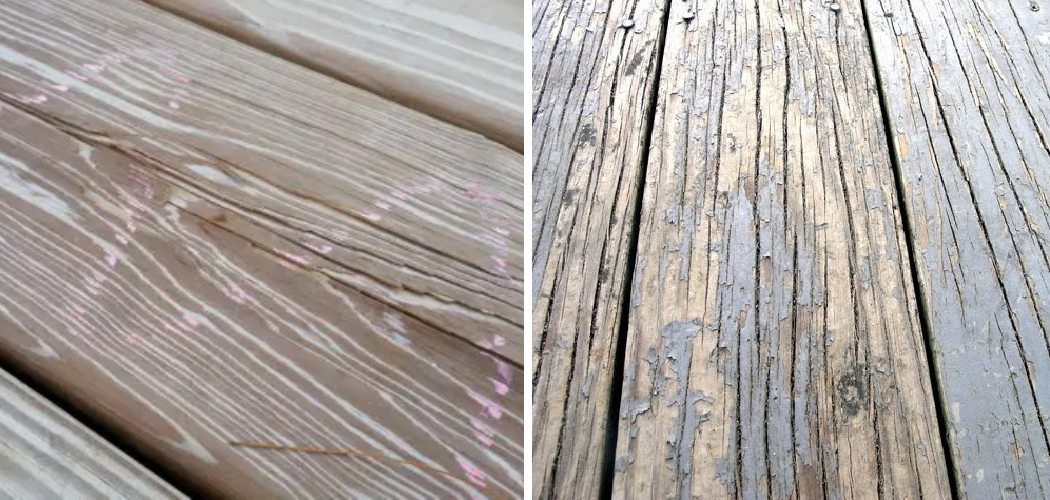Over time, pressure-treated wood will usually start to develop cracks as a result of fluctuating temperatures and humidity levels. If left unfilled, these cracks can create serious structural damage. Filling the cracks with an appropriate sealant or filler is essential for preserving the integrity and longevity of your pressure-treated wood.
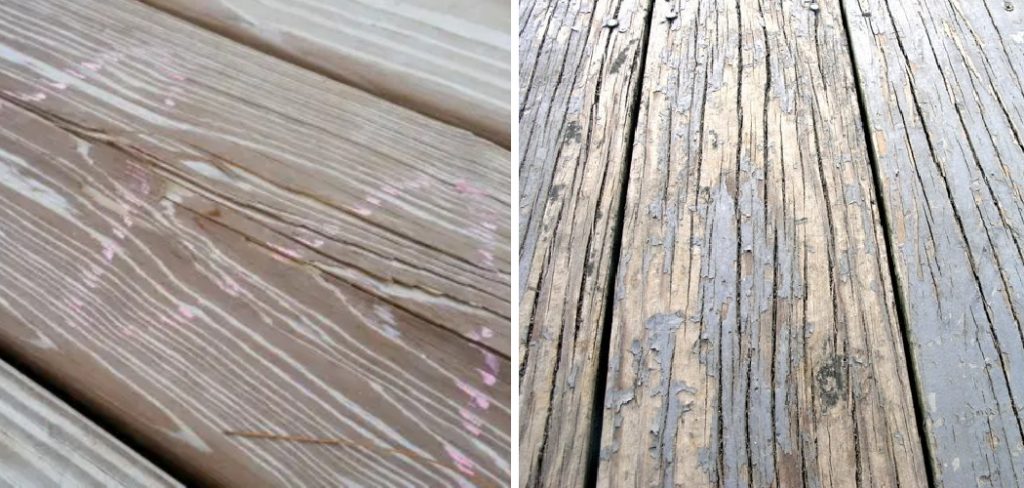
The main advantage of filling cracks in pressure-treated wood is that it helps to protect the wood from water damage and rot. By filling the cracks with a waterproof sealant or caulk, you can ensure that the wood stays protected against moisture and other elements that could cause deterioration over time.
Not only will this help to extend the life of your pressure-treated wood, but it will also make it look better and more attractive. In this blog post, You will learn in detail how to fill cracks in pressure treated wood.
Step by Step Processes for How to Fill Cracks in Pressure Treated Wood
Step 1: Inspect the Damage
Before attempting to fill the cracks in your pressure-treated wood, take a close look at the damage and assess the type of crack it is. Identify whether it’s narrow, wide, or deep and if there are any other signs of wear. This will help you determine which type of material and technique will work best for your repair job.
Step 2: Clean the Crack
Once you’ve identified the type of crack, it’s time to clean it. Use a wire brush or sandpaper to remove any dirt, debris, and grime that may have accumulated in the cracks. This will help ensure a better bond between the filler material and your pressure-treated wood.
You’ll need to fill the cracks with weather-resistant putty or caulk. Start by using a putty knife or caulking gun to apply the material into the crack, filling it up about halfway. Then use your fingers to push down and smooth out any excess.
Step 3: Paint the Putty
Once you’ve filled the crack with putty and smoothed it out, it’s time to paint. Use a latex-based exterior paint that is designed for use on pressure-treated wood. This will help protect your repair job from water and weather damage. Allow the putty to dry completely before attempting to apply any additional materials. Depending on the climate and temperature, this can take anywhere from 12-24 hours.
Step 4: Use Wood Filler
If you’re dealing with a deep or wide crack, you may need to use a wood filler. This material will help create a strong bond between the putty and the pressure-treated wood. To apply, use a putty knife to fill in any remaining gaps and smooth out any excess.
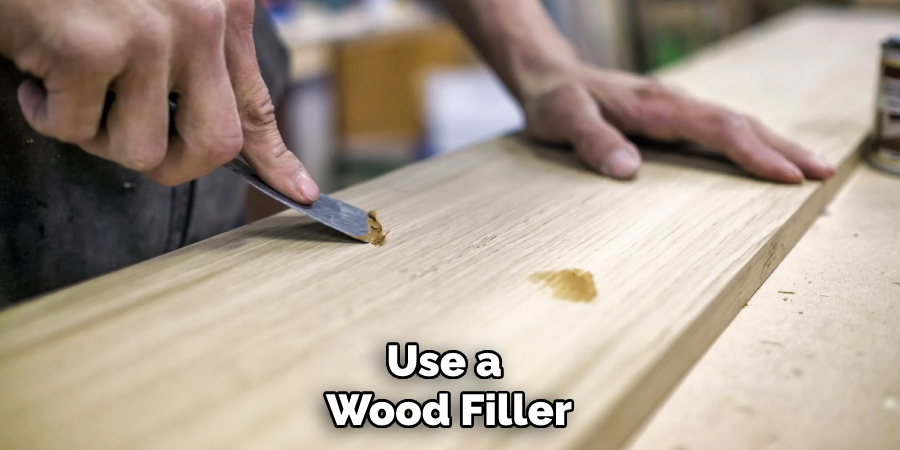
After you’ve filled in the cracks with putty and wood filler, it’s time to apply a wood sealer. This will help protect the repair job from moisture and weather damage and add a layer of protection between the wood and its environment. Wait at least 24 hours for the sealer to dry before applying any additional materials.
Step 5: Prime & Paint
Once your putty, wood filler, and sealer have had time to dry completely, you can begin priming and painting. Use an exterior latex-based primer that is compatible with the type of paint you plan to use. Then apply two coats of your desired color with a brush or roller. Allow the paint to dry completely before moving on to the next step. Depending on the temperature and climate, this can take anywhere from 12-24 hours.
Step 6: Seal Coat
Once your paint has dried, use a sealer or topcoat to help protect it. This will help keep dirt and grime out of the cracks in your pressure-treated wood and make it easier to keep clean. Allow the sealer to dry completely before using your pressure treated wood. Following these steps will help ensure that your repairs are durable and long-lasting, so you can enjoy your pressure-treated wood for years to come.
Tips for How to Fill Cracks in Pressure-Treated Wood
- Wear protective eye gear and gloves when working with pressure treated wood to protect your eyes and skin from splinters, dust, and debris.
- When filling cracks in pressure treated wood, use a respirator to avoid inhaling sawdust or other particles that can irritate the lungs.
- Ensure adequate ventilation when working in enclosed areas to prevent the buildup of sawdust and other particles.
- Use a high-quality wood filler specifically designed for pressure treated wood to ensure that the job is done properly without damaging the wood.
- Follow all manufacturer’s directions when using any product, including wood fillers, to guarantee the best results with the least risk of damage.
- Read and understand all potential hazards associated with product use, including skin irritation, and take appropriate precautions.
- Work in a well-lit area to easily spot any cracks or areas that require filling so you can be sure to cover all spots for a complete job. Using a flashlight can help make small cracks more visible.

What is the Best Way to Fill Cracks in Pressure Treated Wood?
The best way to fill small cracks in pressure treated wood is by using an epoxy-based compound. This type of compound will not only fill the crack, but it will also provide a waterproof seal that lasts for years. To use this method, begin by cleaning out any debris or dirt from within the crack with a wire brush.
Once the crack is clear, mix together equal parts of the epoxy compound according to the manufacturer’s instructions. Then use a putty knife to fill in any gaps and level out the surface. Allow it to dry for 24 hours before applying any additional sealants or finishes.
For larger cracks, using caulk may be your best option. Again, be sure to clean out any debris prior to applying the caulk. Cut the caulk tube’s tip at an angle and then fill in the crack. Use a wet finger or damp cloth to smooth out any uneven surfaces. Allow it to dry for 24 hours before you apply any sealants or finishes.
Is There Any Type of Special Maintenance That You Should Be Aware of When It Comes to Pressure Treated Wood?
Yes, there is some special maintenance that you should be aware of when it comes to pressure treated wood. One area of concern involves filling cracks and crevices in the surface. This can become a problem over time as the wood ages and shifts due to weather conditions or other factors. In order to ensure the longevity of your pressure-treated wood, it is important to fill any cracks and crevices on the surface.
The best way to do this is to use a high-quality sealant or caulk that is compatible with pressure-treated wood. You can purchase these products from most hardware stores. Be sure to read all instructions carefully before applying the product. Start by cleaning the area around the crack with a soft-bristled brush and soapy water.
Allow it to dry completely before applying the sealant or caulk. Once you have applied the product, use a putty knife to smooth out any excess material that may be sticking out of the crack or crevice.
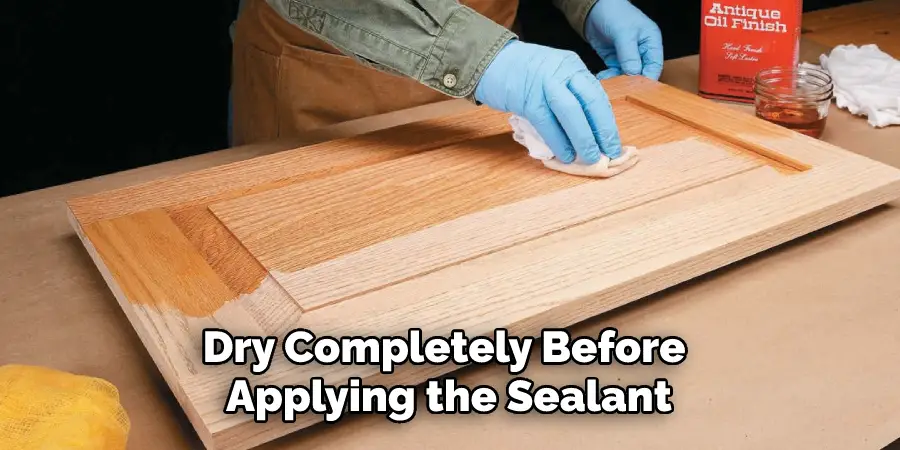
Are There Any Other Mistakes You Should Try and Avoid While Repairing Pressure Treated Wood?
Yes, there are a few other mistakes you should try and avoid while repairing pressure treated wood. Firstly, make sure to use the right type of product for your repair job. Many different types of sealants are available on the market for pressure-treated wood use, but not all of them will be the best choice for your specific repair. Be sure to read up on the product you are using and make sure it is suitable for use with pressure-treated wood before applying it.
Another mistake to avoid is overfilling any cracks or gaps in the wood. If too much sealant is applied, it can cause discoloration and cracking of the wood, which could lead to further damage. Finally, allowing the sealant or filler plenty of time to dry before using the repaired area is important.
Not doing so can cause further damage to the wood and make the repair job ineffective. If necessary, create a protective barrier, such as a tarp, over the repaired section until it has had plenty of time to dry.
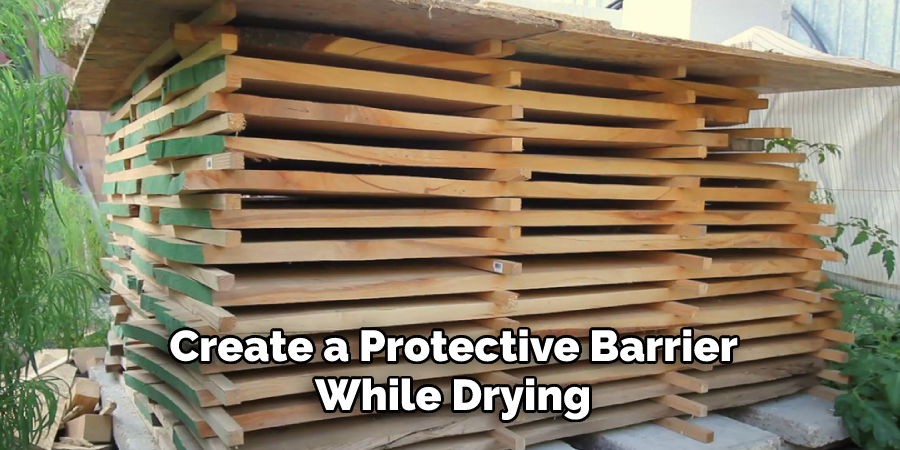
Is There Any Way to Prevent Cracks From Forming in Pressure Treated Wood in the Future?
There are a few key steps homeowners can take in order to help prevent cracks from forming in pressure treated wood. Firstly, it is important to make sure that the wood is properly sealed and maintained against water damage. This means that sealants should be applied as soon as possible after the installation of pressure-treated wood, and periodic inspections and maintenance should be conducted to ensure that the sealant is doing its job.
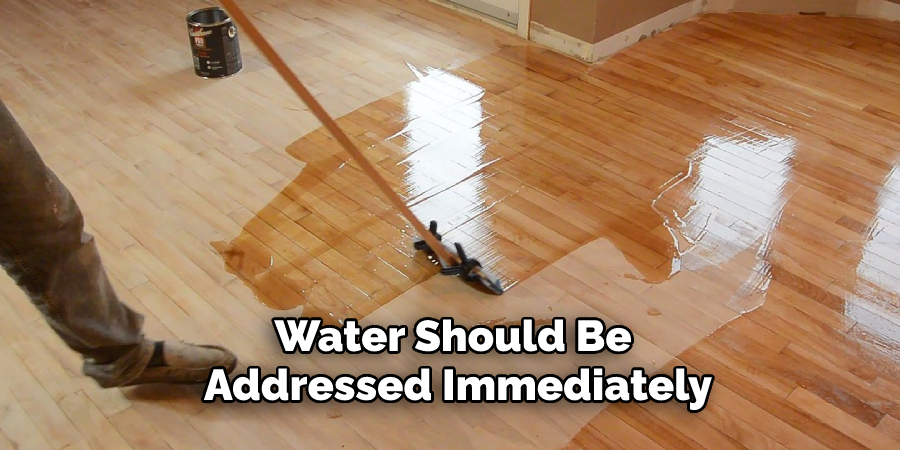
Additionally, it is important to make sure that water is allowed to drain away properly from pressure-treated wood, and any areas of standing water should be addressed immediately.
Finally, if possible, homeowners should try to avoid exposing their pressure treated wood to drastic temperature changes or direct sunlight, which can cause the wood to dry out and become brittle. By following these steps, homeowners can help minimize the risk of cracking in their pressure treated wood.
Conclusion
In conclusion, filling cracks in pressure-treated wood requires time and patience. In order to ensure that the job is done correctly, it’s important to use the right products and follow instructions carefully.
The right sealant or filler should be chosen based on the type of crack that needs to be filled, as well as its size, depth, shape, and location. Taking all these factors into consideration can help you achieve the best results when filling cracks in pressure treated wood. I hope this article has been beneficial in learning how to fill cracks in pressure treated wood. Make Sure the precautionary measures are followed chronologically.

